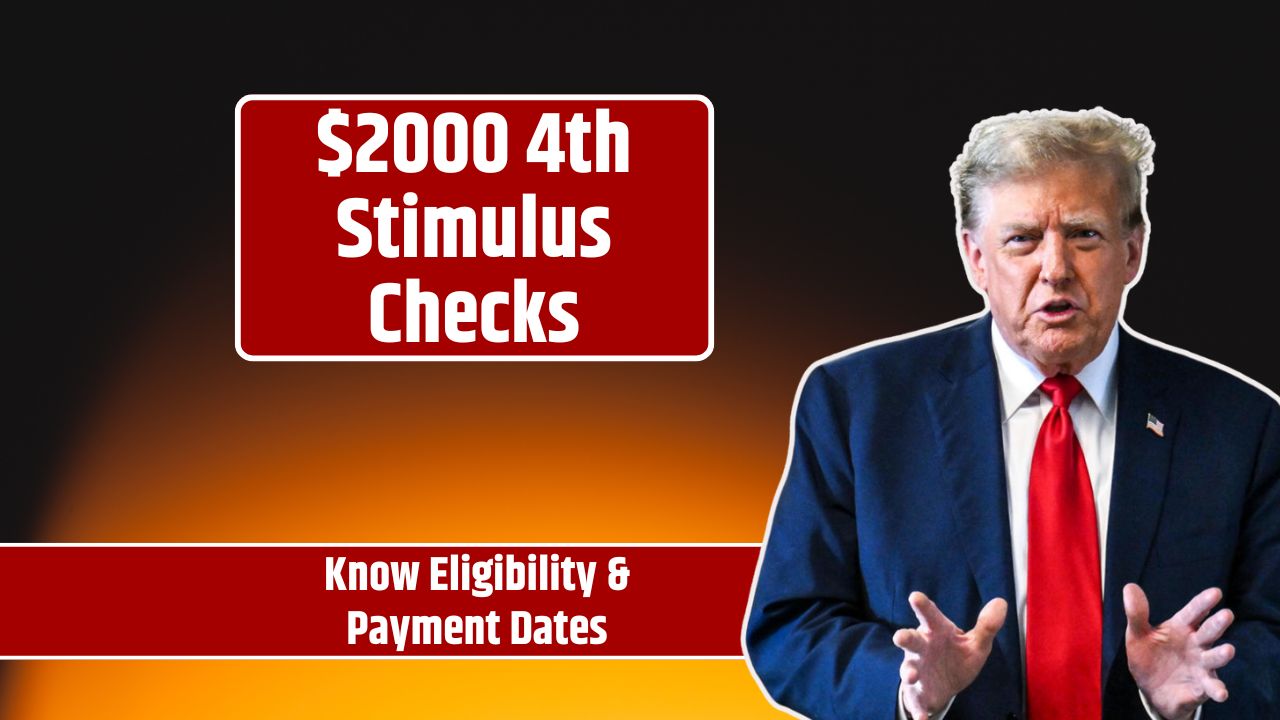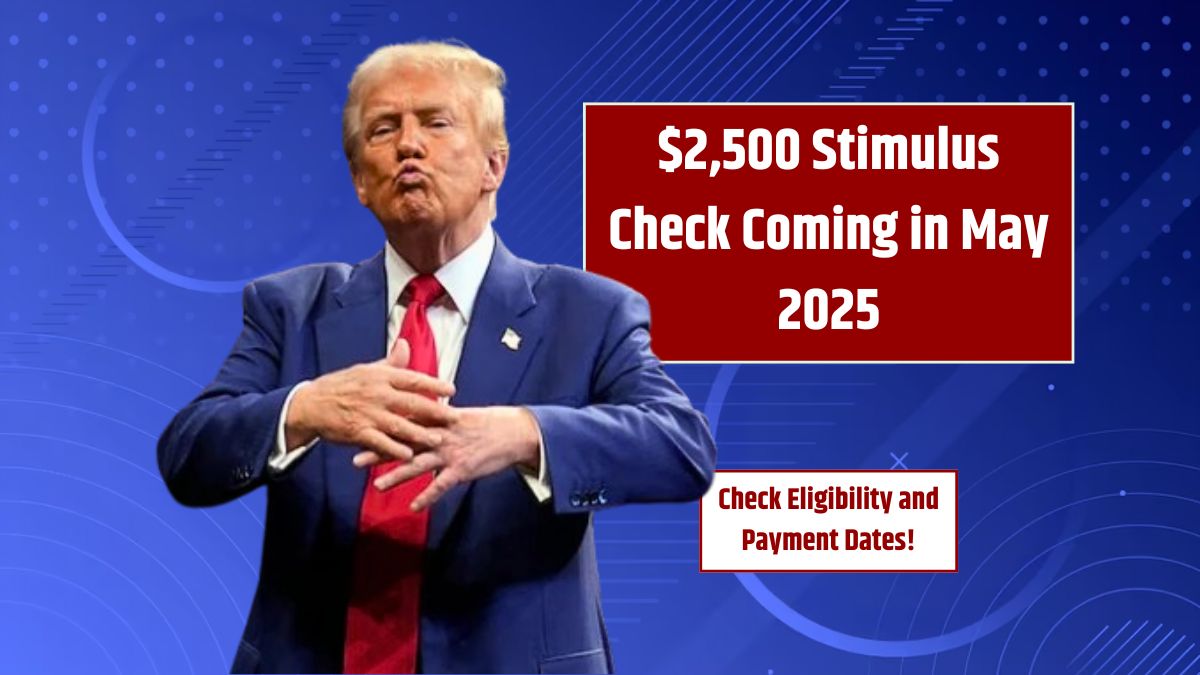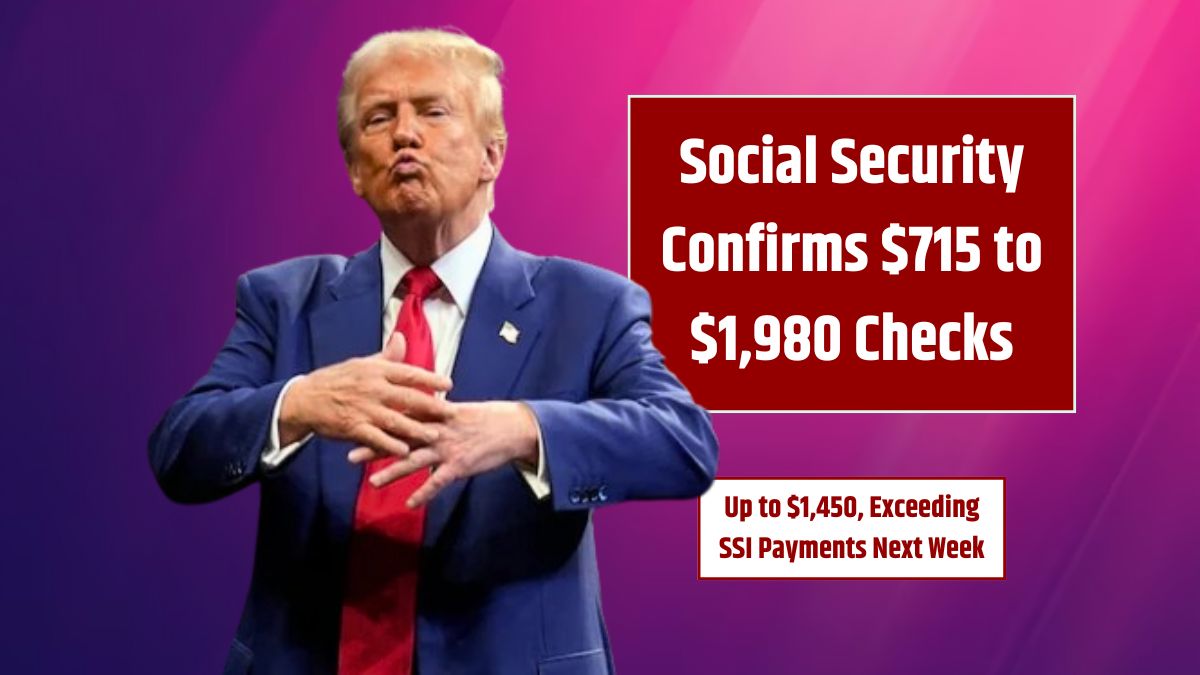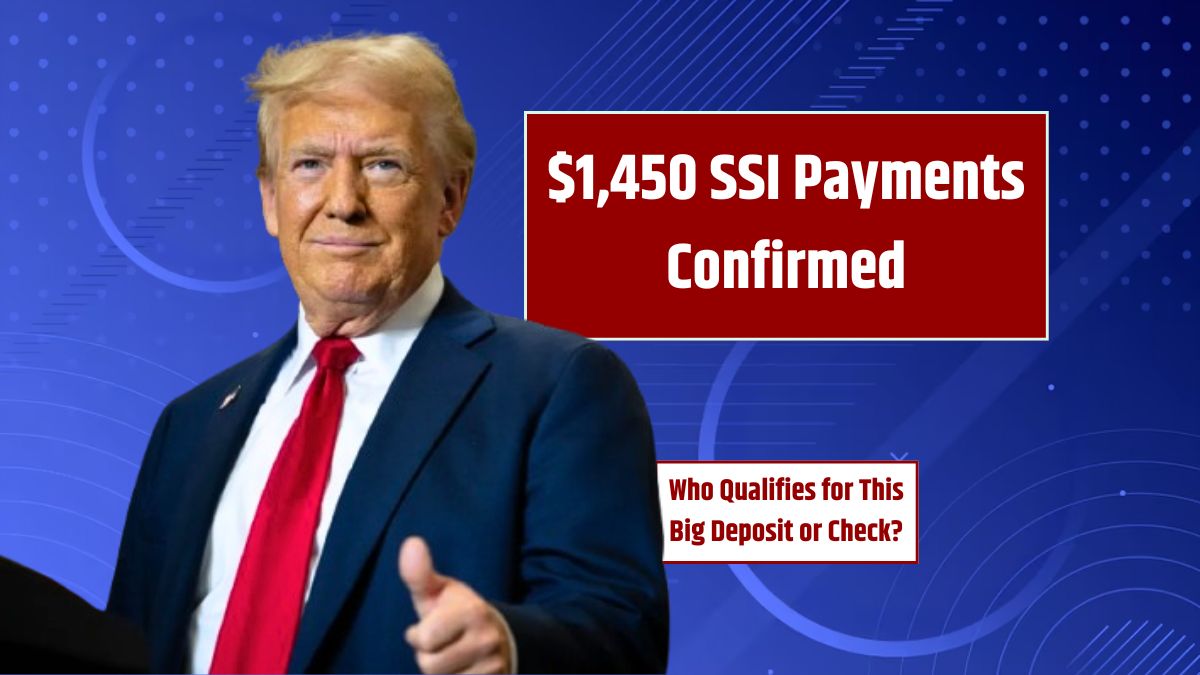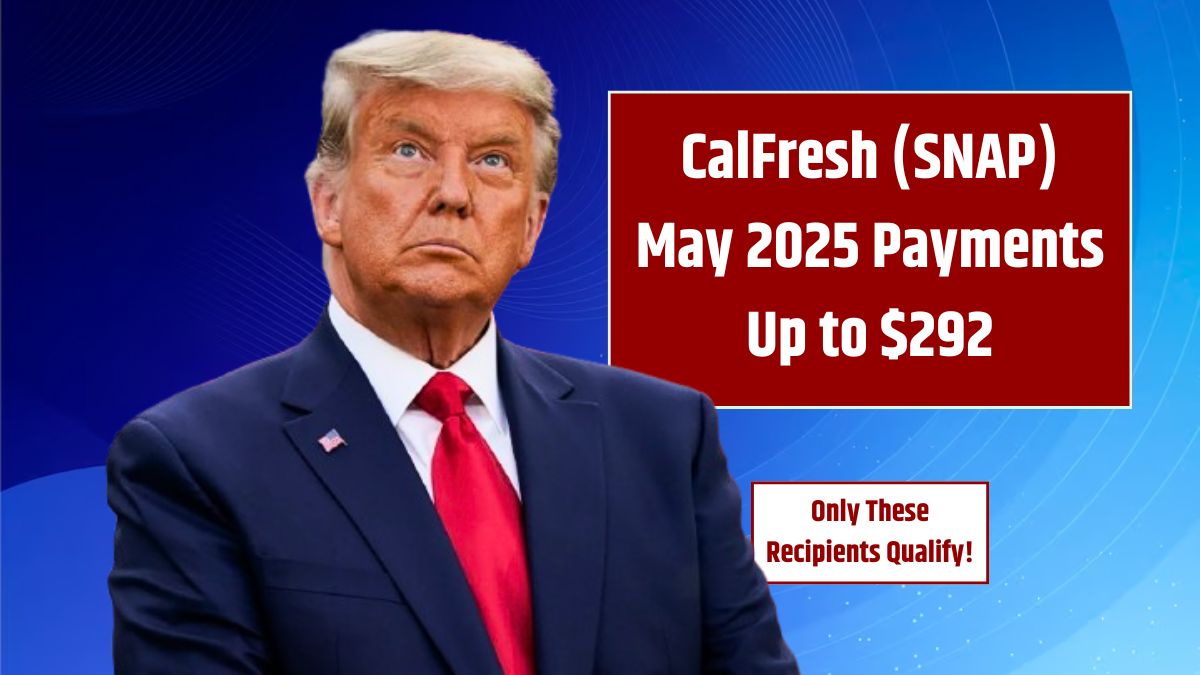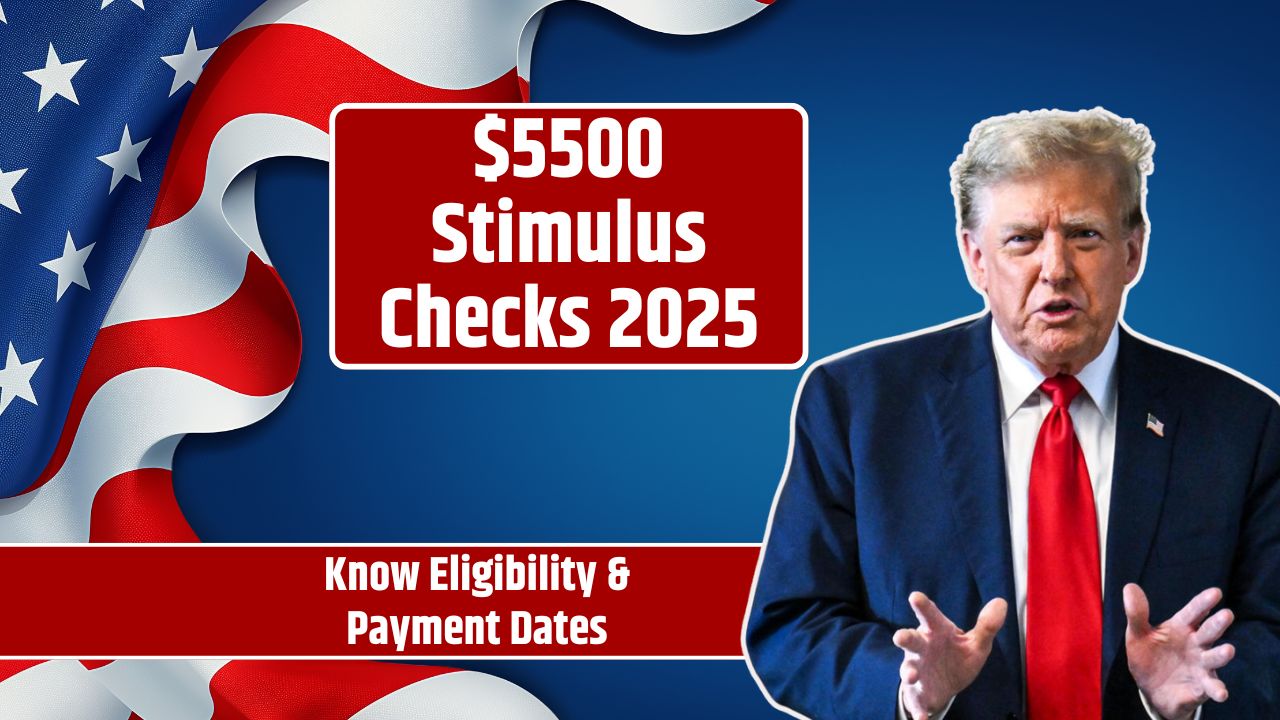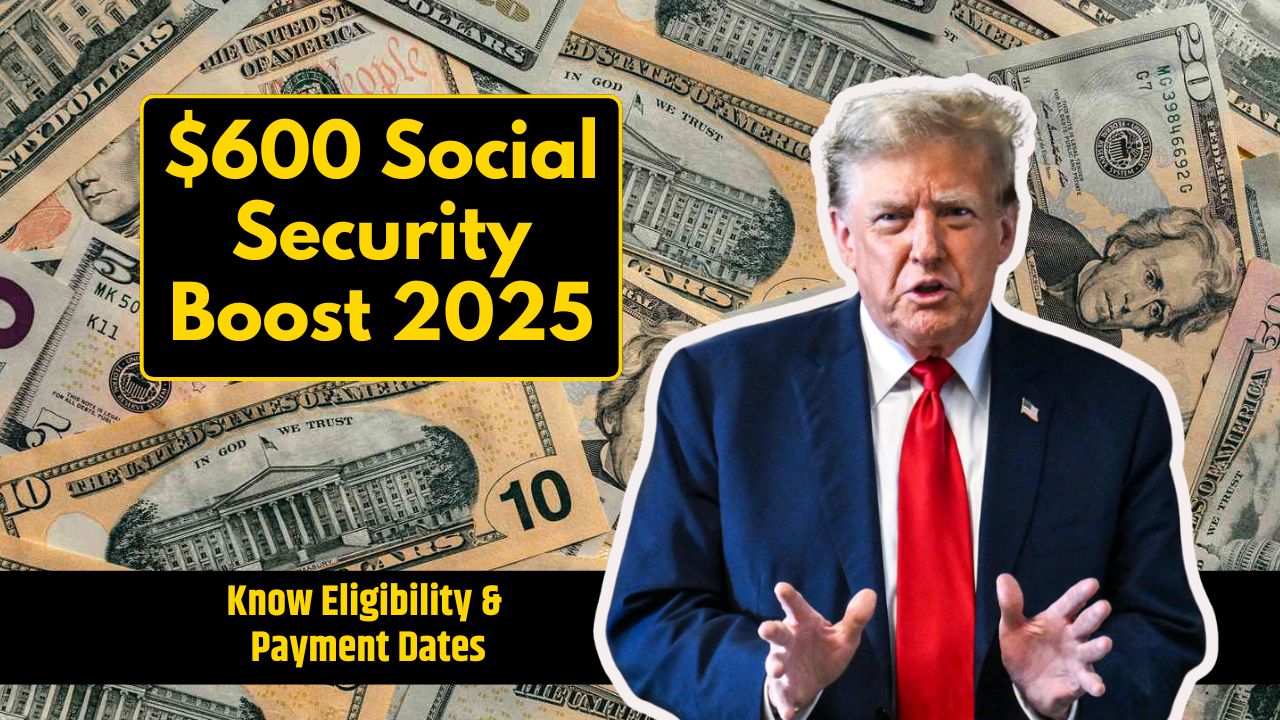As government reform and economic recovery take center stage, the proposed DOGE Stimulus Checks are generating significant attention across political and financial circles. The Department of Government Efficiency (DOGE), backed by high-profile figures like Donald Trump and Elon Musk, has pitched a bold initiative to deliver $5,000 in one-time payments to eligible U.S. taxpayers. While still awaiting approval, this proposal taps into public desire for efficient governance and financial relief.
What Is the DOGE Stimulus Check?
The DOGE Stimulus Check is a proposed financial relief initiative that aims to return a portion of government savings directly to the taxpayers. The concept is built around improving efficiency in federal operations—cutting waste, reducing bureaucracy, and redistributing at least 20% of the generated savings to qualifying individuals.
The remainder of the savings would be split between paying off national debt and funding further government upgrades. This strategy is being positioned not only as a recovery tool but also as a reward for responsible taxpayers.
DOGE Stimulus 2025
| Category | Details |
|---|---|
| Department | Department of Government Efficiency (DOGE) |
| Amount | $5,000 per eligible taxpayer |
| Proposed Launch | Possibly July 2026 (if approved) |
| Beneficiaries | U.S. taxpayers meeting eligibility criteria |
| Budget Source | $2 trillion from government cost savings |
| Status | Not approved yet |
| Official Website | doge.gov |
Who Could Be Eligible?
The DOGE proposal focuses on those who actively contribute to the economy and pay more in taxes than they receive in government benefits. Proposed eligibility guidelines include:
- Must have filed federal tax returns in the past two years
- Must be a U.S. citizen or born in the United States
- May include Social Security and Veterans’ benefit recipients, if within income thresholds
- Must be an individual taxpayer (not a business or dependent)
- Dependents and non-filers likely won’t qualify unless independently filing
The approach emphasizes a “reward-for-contribution” philosophy, contrasting traditional needs-based stimulus models.
How Would the DOGE Stimulus Work?
If approved, the DOGE stimulus program would likely follow the blueprint of past COVID-19 stimulus efforts:
- Payments distributed via the IRS using existing tax data
- Direct deposits or paper checks sent to qualifying taxpayers
- Eligibility verified through income and tax return records
Because the DOGE program is focused on efficiency, the goal is to minimize administrative delays and ensure fast, secure disbursement.
Funding and Fiscal Concerns
The stimulus would be funded through a $2 trillion savings initiative, which DOGE claims would come from streamlining federal agencies and eliminating redundant or excessive spending.
However, critics have raised several red flags:
- Inflation risks: Injecting hundreds of billions into the economy could increase inflationary pressure
- Debt balancing: Skeptics doubt whether such large-scale savings can be achieved without cutting essential public services
- Political gridlock: With Congress split, passing a bold stimulus tied to government restructuring will likely face opposition
Still, proponents argue that returning taxpayer money reinforces accountability and could help restore public trust in federal operations.
When Could Payments Be Issued?
As of now, no payments have been authorized. The earliest projected launch is July 2026, but this timeline hinges on multiple levels of legislative approval:
- Drafting and introduction of the DOGE bill
- House and Senate approval
- Presidential signature
- Coordination between DOGE and the IRS for rollout
Given these steps, delays are highly probable, especially if the plan becomes a political flashpoint.
Current Status and What’s Next
- The DOGE plan is under review, with rising public interest
- No legislation has passed as of now
- Supporters estimate up to 76 million Americans could benefit if enacted
If successful, this initiative could set a precedent for performance-based government programs that reward taxpayers directly from operational improvements.







